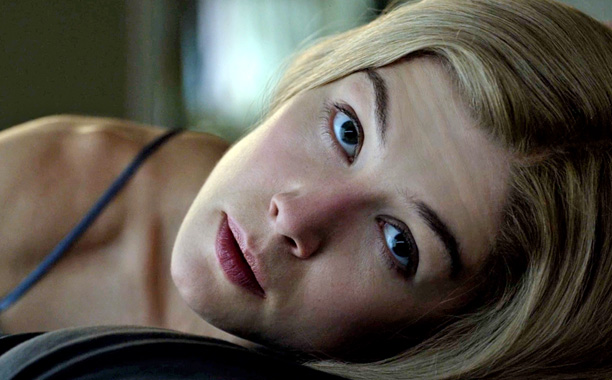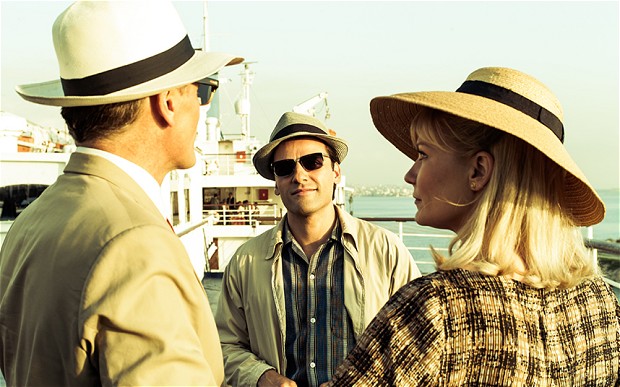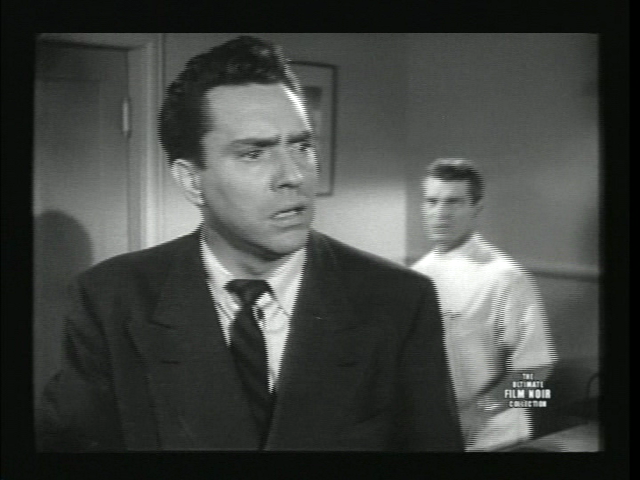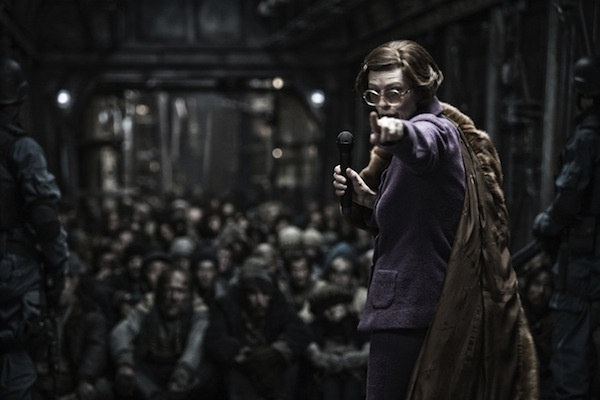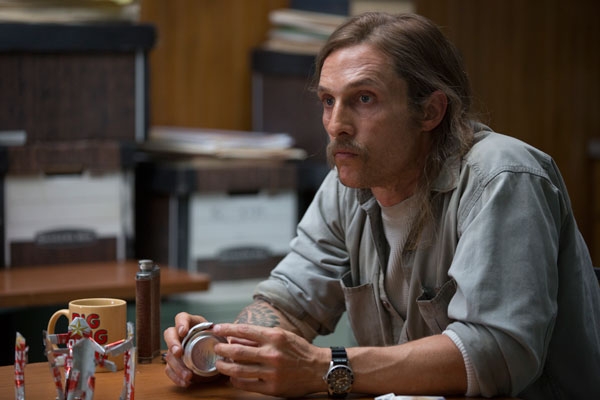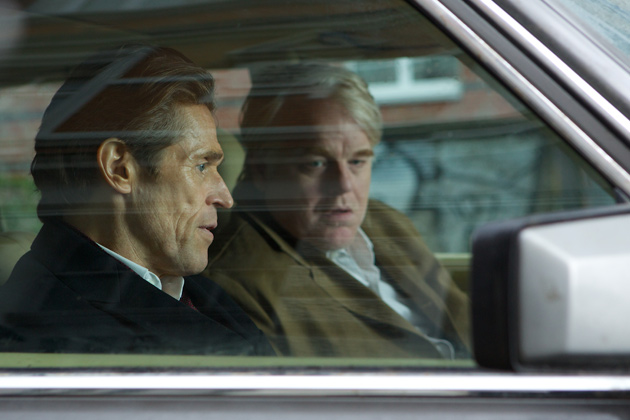
Espionage thrillers adapted from John le Carré novels, like A Most Wanted Man, are so good because le Carré, himself a former British intelligence operative, understand that intelligence services, riddled with bureaucratic jealousies and careerist rivalries, are not monoliths. His very human spies spend as much energy fighting each other as they do fighting the enemy. As a result, le Carré’s stories are more complex and character-driven than a standard “good-guys-hunt-down-a-terrorist” thriller plot.
That’s also the case with A Most Wanted Man, with which le Carré moves from the Cold War to the War of Terror. Philip Seymour Hoffman plays Günther, the leader of a German anti-terrorism unit in Hamburg. He must track down a possible Chechen terrorist while parrying off other German security forces, the CIA (Robin Wright), a shady banker (Willem Dafoe) and a do-gooder human rights attorney (Rachel McAdams). It’s the classic le Carré three-dimensional-chess-against-the-clock, and it works as an engrossing thriller.
But the A Most Wanted Man’s biggest asset is a searing performance by the late great Philip Seymour Hoffman. Günther is a canny and determined guy who needs to outsmart everyone else and manipulate forces beyond his control – and Hoffman nails it. His final scene is a spectacular explosion of emotion. (So soon after Hoffman’s death, it’s impossible to watch him here, with a huge belly and with his character chain-smoking and swilling whiskey, and not think of his final relapse into his ultimately fatal addiction; for this reason, A Most Wanted Man may be even more effective after a few years have passed.)
That being said, Robin Wright’s role as a duplicitous, shark-like CIA officer is under-written and doesn’t let her show her acting chops like House of Cards. Dafoe and McAdams are good in their roles. I was distracted by Grigoriy Dobrygin’s performance as the Chechen, which looked like bad Jeremy Davies without the twitches. The fine German actress Nina Hoss (Barbara) plays Hoffman’s assistant, and I hope we start to see her in more English language roles.
But the bottom line is that A Most Wanted Man is, overall, a satisfying thriller, and Philip Seymour Hoffman’s performance is reason enough to watch it. (BTW le Carré’s screen masterpiece is the 1979 series Tinker, Tailor, Soldier, Spy, which is available on DVD from Netflix.) A Most Wanted Man is available on DVD from Netflix and Redbox and streaming from Amazon, iTunes, Vudu, YouTube, Google Play and Xbox Video.

